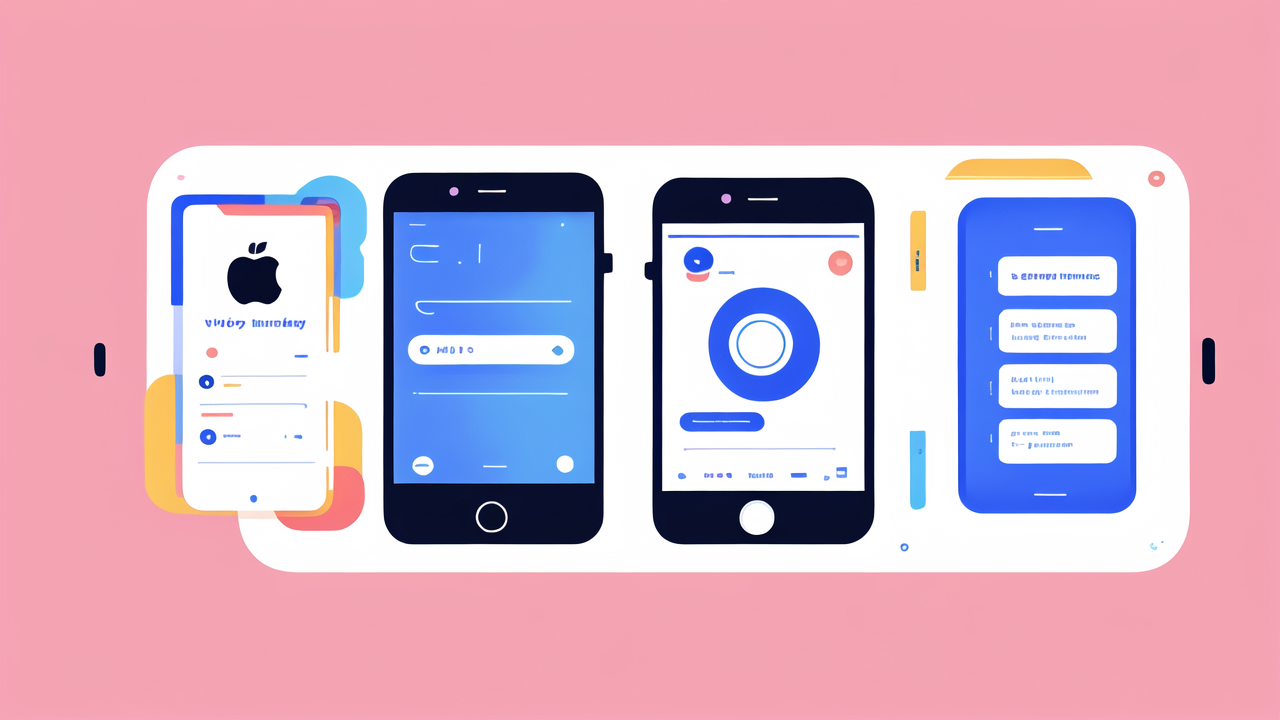The Role of Wearable Technology in Monitoring Health
Understanding the Evolution of Health Monitors
Health monitors have come a long way since their inception. Early devices were bulky and limited in function. They

often required manual input and couldn't provide real-time data. Today's wearables are sleek, powerful, and
connected. They offer continuous monitoring and instant feedback.
The journey began with simple pedometers. These tracked steps and estimated calories burned. Next came heart rate
monitors, popular among athletes. The real breakthrough was the integration of these functions into everyday
devices. Smartphones and smartwatches became health hubs, collecting and analyzing data 24/7.
Key Features of Top Health Monitoring Devices
Modern health monitoring devices boast an impressive array of features. Here are some key capabilities:
- Heart rate monitoring: Tracks beats per minute, both at rest and during activity.
- Sleep tracking: Analyzes sleep patterns, duration, and quality.
- Step counting: Measures daily physical activity levels.
- GPS tracking: Records routes and distances for outdoor activities.
- Blood oxygen monitoring: Measures oxygen saturation levels in the blood.
- Stress monitoring: Uses heart rate variability to estimate stress levels.
- ECG functions: Some devices can detect irregular heart rhythms.
These features work together to provide a comprehensive picture of one's health. They enable users to spot trends
and make informed decisions about their lifestyle.
How Fitness Trackers are Revolutionizing Preventive Care
Personalized Health Monitoring
Fitness trackers have transformed the way we approach personal health. They offer individualized insights based on

our unique data. This personalization is key to effective preventive care.
These devices learn our routines and habits over time. They can then provide tailored recommendations. For example,
they might suggest when to increase activity or improve sleep habits. They can also alert users to potential health
issues before they become serious.
Many trackers now integrate with healthcare systems. This allows for better communication between patients and
doctors. Doctors can access real-time data, leading to more informed diagnoses and treatment plans.
Encouraging Healthy Lifestyle Choices
Fitness trackers do more than just collect data. They actively encourage users to make healthier choices. Here's
how:
- Goal setting: Users can set personalized fitness goals and track their progress.
- Reminders: Devices send alerts to move, hydrate, or engage in mindfulness activities.
- Community features: Many apps allow users to connect, compete, and support each other.
- Rewards systems: Some trackers offer virtual or real-world rewards for achieving goals.
- Education: Many companion apps provide health tips and educational content.
By gamifying health and fitness, these devices make it fun to stay active. They create a sense of accountability
and motivation. This can lead to long-term behavior changes and improved overall health.
Smartwatches and their Potential Impact on Health Outcomes
Advancements in Heart Rate and BP Monitoring
Smartwatches have made significant strides in cardiovascular monitoring. Many now offer features once only

available in clinical settings. Continuous heart rate monitoring is now standard. This allows users to track their
heart health throughout the day and night.
Some advanced models can even measure blood pressure. While not as accurate as medical devices, they provide
valuable trend data. Users can track how their BP changes over time and in response to different activities.
These devices can also detect irregular heart rhythms. Some can even perform basic ECG readings. This has led to
early detection of conditions like atrial fibrillation. In many cases, users have sought medical help based on
their smartwatch data, potentially saving lives.
Integrating AI and Machine Learning in Health Monitoring
Artificial Intelligence (AI) and Machine Learning (ML) are revolutionizing health monitoring. These technologies
allow smartwatches to process vast amounts of data quickly. They can identify patterns and anomalies that might
escape human notice.
Here are some ways AI and ML are enhancing health monitoring:
- Predictive analytics: AI can forecast potential health issues based on historical data.
- Personalized insights: ML algorithms adapt to each user's unique patterns over time.
- Anomaly detection: AI can spot unusual readings that might indicate a health problem.
- Treatment optimization: ML can help determine the most effective interventions for each user.
- Voice analysis: Some devices use AI to detect stress or mood changes through voice patterns.
As these technologies advance, smartwatches will become even more powerful health tools. They may soon be able to
detect a wide range of conditions, from sleep apnea to early signs of diabetes.
In conclusion, fitness trackers and smartwatches are transforming preventive healthcare. They empower individuals
to take control of their health. With continuous monitoring and personalized insights, these devices are helping
to catch issues early and promote healthier lifestyles. As technology continues to advance, we can expect even
more impressive capabilities in the future. The era of proactive, data-driven healthcare is here, and wearable
technology is leading the way.




Leave a comment
This site is protected by hCaptcha and the hCaptcha Privacy Policy and Terms of Service apply.